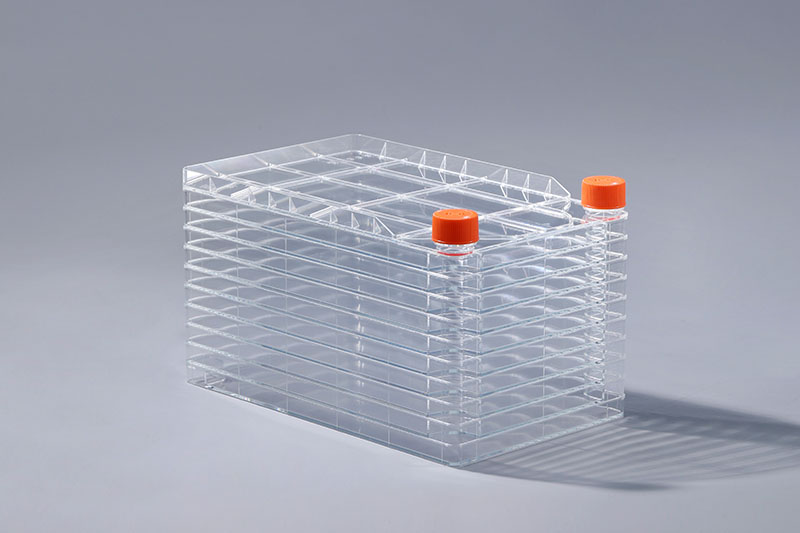Three common types of contamination when growing cells in cell factories
When culturing cells, we are often troubled by various cell contaminations. Once the cells are contaminated, it will not only affect the cell growth, but in some cases, we have to discard the cells and re-cultivate them, which will affect the experimental process. Cell factories are widely used in large-scale cell culture, and their common contaminations mainly fall into the following three categories:
1. Physical pollution: mainly refers to the damage to cells by physical factors such as temperature, vibration, radiation, and radiation. Such as exposure of cell culture medium to radiation or ultraviolet light, it will cause changes in cell metabolism. There are devices around the incubator that can generate mechanical vibrations, which may also have a certain impact on cell growth.
2. Chemical pollution
The medium and water used for cell culture should be sterilized in an autoclave. Among them, serum is a commonly used medium in cell culture, and serum has potential chemical contamination. In addition, the composition of serum is uncertain, and the effects of serum on the growth of different cells, including toxic and side effects, are different.
3. Microbial contamination
Microbial contamination refers to various sources of contamination such as bacteria, molds, mycoplasmas, and black worms that grow when cells grow in cell factories. Small black spots appeared in the cells after being contaminated by black glue bugs, and irregular movements could be seen under a high magnification microscope. The turbidity of the culture medium is not obvious, and it has no great influence on the growth state of the cells.
The above are three common types of pollution when using cell factories to culture cells. In addition to being affected by pollution sources, cells also have strict requirements on production environment, temperature, osmotic pressure, pH value and other factors. Only a suitable growth environment can ensure good cell growth. condition.

评论
发表评论